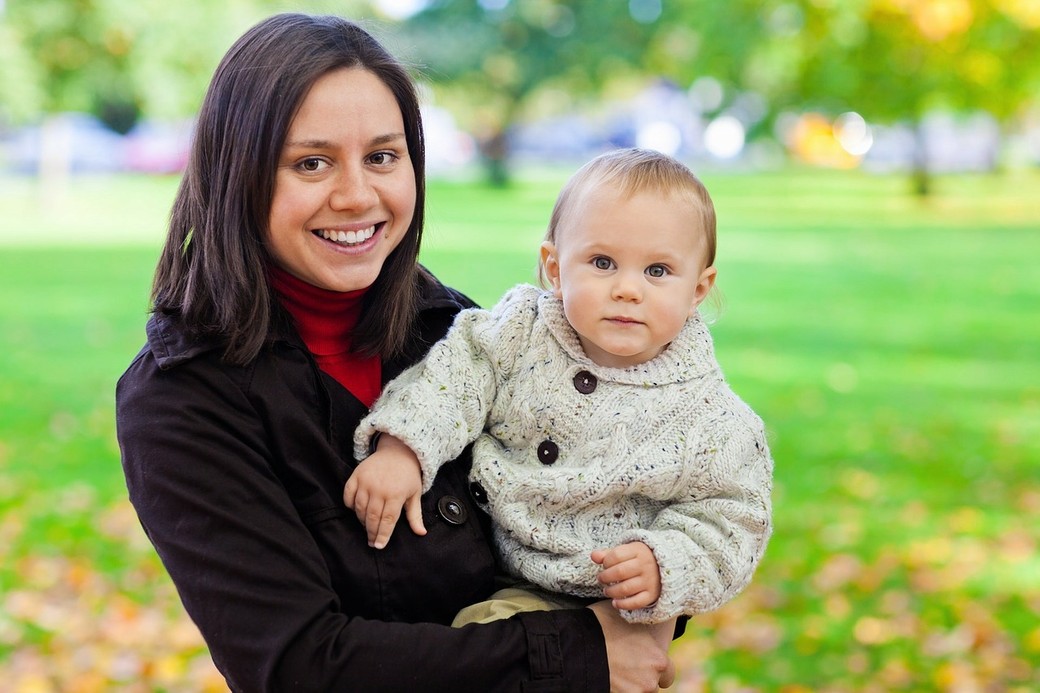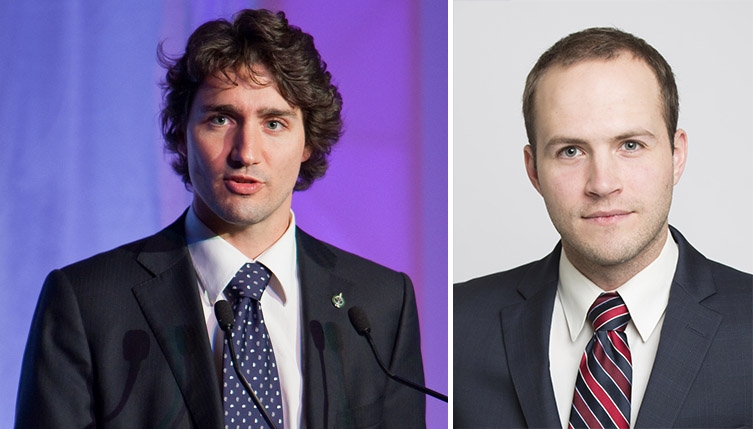
What’s Missing from Ontario’s New In-Vitro Fertilization Funding Policy?
Children of IVF deserve to know their genetic history
After a week of uncertainty and some confusion, the Ontario Ministry of Health finally announced its policy on in-vitro fertilization (IVF) funding – but the details remain minimal. What we know for certain so far, and what has been met with some fanfare, is that the province will provide funding for one cycle of IVF for every Ontarian who wants it, except for those over the age of 42. Specifically, the policy defines one cycle as one egg retrieval, which may yield multiple eggs and result in multiple embryos. The province will cover the costs of implanting these additional embryos one-by-one.
There’s much to commend in the new policy; most importantly it covers all forms of infertility, regardless of sex, gender, sexual orientation or family status. The problem lies in what has not yet been addressed by the province – critical issues that surround both publicly and privately funded IVF – that demand attention.
Notably, the policy is silent regarding the collection, use and disclosure of information regarding the use of IVF in Ontario. There are two issues that need to be addressed. First, the province should require clinics to collect anonymized data regarding who is using IVF, the success rates and complications, and to make that information available to the public. This data will provide information that is essential to ensuring IVF is safe and is protecting the health and well-being of women and children.
Second, the province must address the information needs of children conceived using sperm, eggs and embryos donated by an anonymous third party. Although the province will not cover the costs associated with the use of donated sperm and eggs, it is likely that many Ontarians will use sperm, eggs and embryos from an anonymous donor along with publicly funded IVF. The failure to address the information needs of donor conceived children will have a particularly negative impact on lesbian couples, gay couples and single mothers by choice, who often use sperm and eggs from anonymous donors to build their families.
As it stands now, there is no law requiring the collection of information, such as health information, from the donor or the disclosure of this information to the resulting child. The donor’s family medical history plays an important role in promoting the health of the resulting child. For example, if an individual knows that he or she has a family history of colon cancer, she can make lifestyle choices and undergo earlier screening to mitigate her increased risk.
In addition, some individuals who are donor conceived may have a strong interest in obtaining other personal information about the donor, such as the donor’s education or occupation. This information may not necessarily be available to the child and the provincial policy fails to adequately address this information gap. This is in stark contrast to adoptees. Similar information registries exist in a number of provinces in order to provide adoptees with non-identifying information about their birth parent(s).
The policy also fails to introduce a mechanism that would allow two people who believe they are created using donated sperm and eggs and who are contemplating an intimate relationship to determine whether they are genetically related. There is currently no government body or agency that is tracing the children born from each donor that would allow two people to know whether they are genetically related.
So while the government has made real strides in making IVF accessible to Ontarians, there’s work yet to be done. For starters, the province should begin consultations on the creation of a mandatory database based on data submitted by clinics. They should also consult key stakeholders, including families who have used donor sperm and eggs, health care professionals, lawyers and ethicists regarding the creation of a donor registry which will meet the information needs of donor conceived children.
One thing the policy gets right is the requirement of single embryo transfer (only one embryo may be transferred at a time). This is rooted in the well-established medical evidence that implanting two or three or more embryos at a time increases the chance for multiple births, which, in turn, poses significant risks to the pregnant woman and the resulting children. Women who are pregnant with multiples have a higher risk of complications and twins and triplets face significantly greater health risks than single babies.
While the single embryo transfer requirement is to be commended in the new funding policy, the province should consider whether single embryo transfer should apply to all cycles of IVF where clinically indicated, regardless of who is paying. The health risks are no different where an IVF cycle is paid for by the government as opposed to privately.
While the provincial government may want to bask in the release of their new IVF funding policy, the work has just begun. Now it’s time to think beyond funding to the broader issues of safety, accountability and transparency.
 Vanessa Gruben is an Associate Professor at the University of Ottawa, Faculty of Law. She is a member of the University of Ottawa’s Centre for Health Law, Policy and Ethics.
Vanessa Gruben is an Associate Professor at the University of Ottawa, Faculty of Law. She is a member of the University of Ottawa’s Centre for Health Law, Policy and Ethics.








